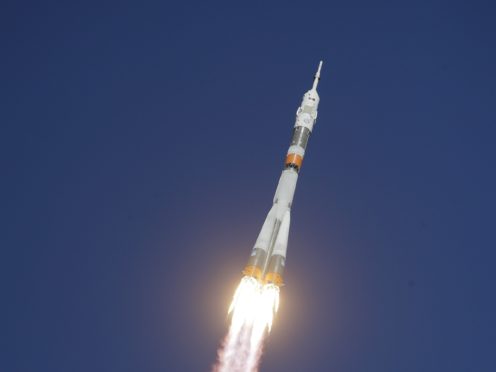An investigation has found that a failed Russian rocket launch three weeks ago that aborted after just two minutes was cause by a sensor that was damaged during assembly, an official has said.
The Soyuz-FG rocket carrying Nasa astronaut Nick Hague and Roscosmos’ Alexei Ovchinin failed shortly into the October 11 flight, sending their emergency capsule into a sharp fall back to Earth.
The two men landed on a steppe in Kazakhstan safely in the accident, the first of its kind for Russia’s manned programme in more than three decades.

The head of the Russian space agency earlier blamed the failure on a malfunction of a sensor, but did not explain why it did not work.
Oleg Skorobogatov, who led the probe into the accident, told reporters that the investigation found the sensor was damaged during the final assembly at the launch pad in Kazakhstan.
Russian rockets are manufactured in Russia and then transported by rail to the Russia-leased Baikonur cosmodrome.
The last time Russia saw an aborted manned launch was in 1983, when two Soviet cosmonauts jettisoned and landed safely after a launch pad explosion.
More recently, Russia’s space programme has been dogged by a string of failed satellite launches involving unmanned vehicles.
Mr Skorobogatov said officials are now taking steps, including putting all assembly staff through competence tests and additional training, to make sure such incidents will not happen again.
The rocket producer will also take apart two other rockets which have been recently assembled and are due to launch in the coming weeks and then re-assemble them, Mr Skorogobatov said.
Russian space officials plan to conduct two other unmanned Soyuz launches before launching a crew to the space station.
